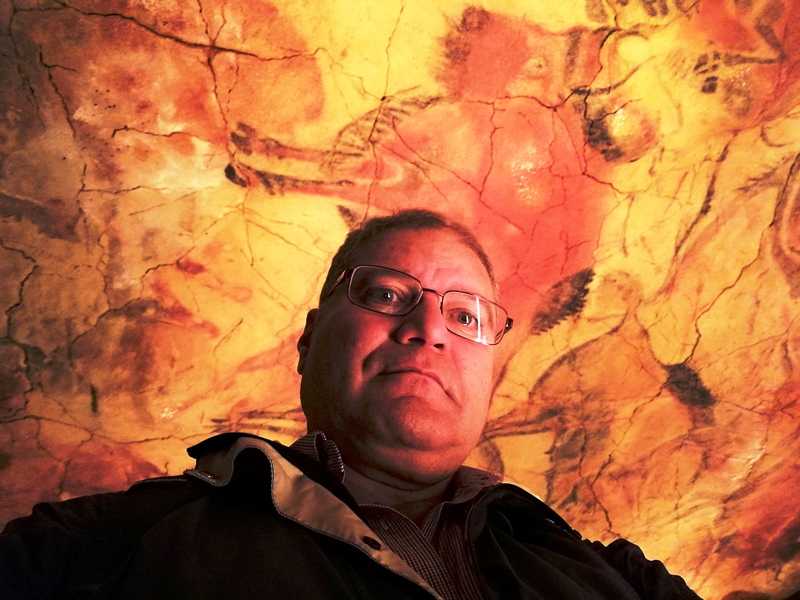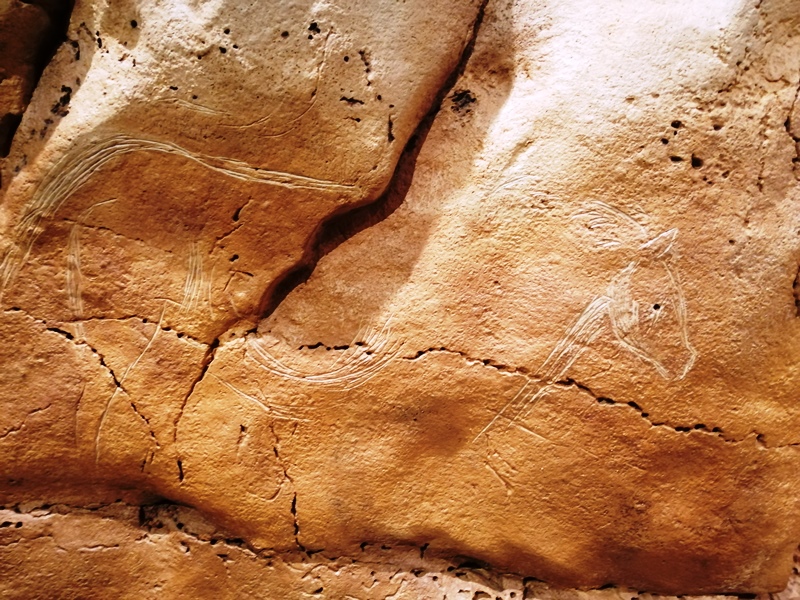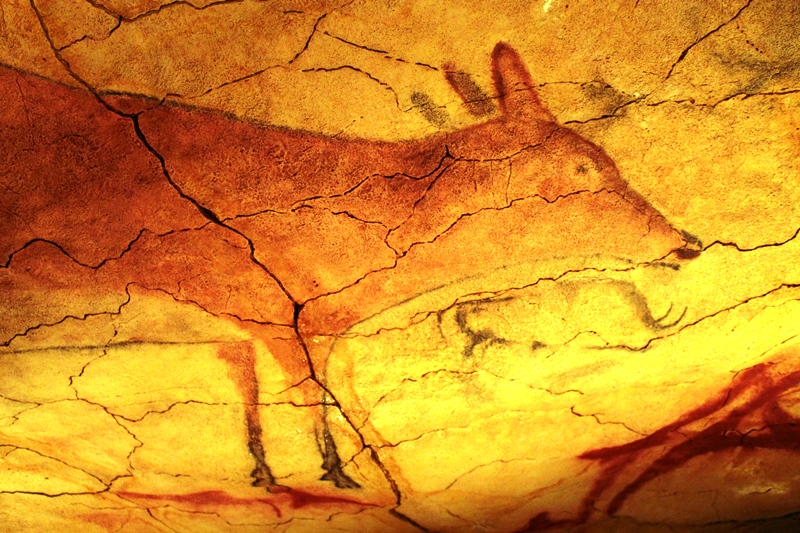Salah Soliman
Simply put, you can transport yourself back to the era of the first humans by entering the “Tamina” cave in the province of Cantabria in northern Spain. It is one of the rarest caves in the world that humans of the Stone Age used as a dwelling over 14,000 years ago. It still preserves all its details and inscriptions, which were engraved on its walls and ceiling.
After receiving an invitation from the Spanish Tourism Board, our guide, Natalia Gonzales, informed us to be ready at 9:00 AM the next day to enter this unique cave. We were thrilled because the cave opens only once a week for a group of four people. It had been closed for 12 years after the drawings inside were affected by the sweat and breath of visitors. To ensure the continuous exploration of this significant cave, the Spanish authorities opened an artificial cave that accurately replicates the original, allowing a larger number of visitors to experience its wonders.

The cave was discovered in 1868, and its artistic value became apparent in 1902. In 1986, UNESCO added it to the list of World Heritage Sites due to the significance of the engravings and drawings inside.
The main entrance of the cave ranges from 5 to 15 meters wide and extends to a depth of 150 meters. As you enter, a sense of awe overwhelms you. It represents every detail of the prehistoric human dwelling, as humans lived here over 14,000 years ago, and everything remains as it was. In the cave museum located several kilometers away, you can learn about the environment and life of Stone Age humans, as well as the tools found in the cave used for hunting that helped sustain life.
Inside the cave, vibrant colors on the walls and ceiling immediately catch your eye. The ceiling is adorned with paintings of animals, including about 20 bulls, deer, horses, and goats, interspersed with lines, squares, and handprints. All the drawings are colored in only two colors, red and black, extracted from rocks, specifically lead oxides, hematite, and charcoal.
Anthropologists date the cave to fifteen thousand years before Christ, describing it as the pinnacle of artistic development in the ancient Stone Age.
However, why does the cave contain drawings of animals and not humans or plants? According to Natalia Gonzales from the Tourism Department in Cantabria, ancient art was characterized by objectivity and realism. Therefore, depictions of large and familiar wild animals dominated the drawings to symbolize specific purposes and rituals related to their lives at that time. For instance, the bull represented masculinity, while the mare represented femininity.
There are various other interpretations of this ancient art. Some believe it represents magical rituals related to hunting and capturing desired animals, while others see it as art for art’s sake.

Despite differing opinions about these ancient arts, they always remain a distinctive sign, indicating the evolution of art in early human societies. They affirm that these people lived within sophisticated social environments and adhered to specific religious beliefs. Scientists continue to study them to gain a fuller understanding of the truth. Regardless, it is certain that cave dwellers were not primitive as some may believe. They were not preoccupied with annihilating each other, as happens in our modern era.
Certainly, the Tamira cave is not the only one in Europe that tells the story of ancient times. However, its deep recesses, isolated from external climatic influences until its discovery, unprecedentedly helped preserve its contents. It became the best example in reflecting the peak of cave art in the ancient Stone Age, which spread across Europe from the Ural Mountains connecting Russia to Asia to the Iberian Peninsula, passing through the Alps. This spanned from 53,000 to 11,000 BCE.
Studying discovered caves around the world has revealed many facts about ancient humans. For instance, in Australian caves, drawings of animals and birds that became extinct 40,000 years ago were discovered. In Somali caves, images of the first humans were drawn, as in the Las Geel cave, which contained the first drawings of herders. In French caves, traces of the oldest humans were found, along with a diverse collection of 12 types of animals, some of which are now extinct. Without caves, humanity would know little about ancient civilizations, and the study of human evolution would not have continued to understand the deep past and the movement of human development.


